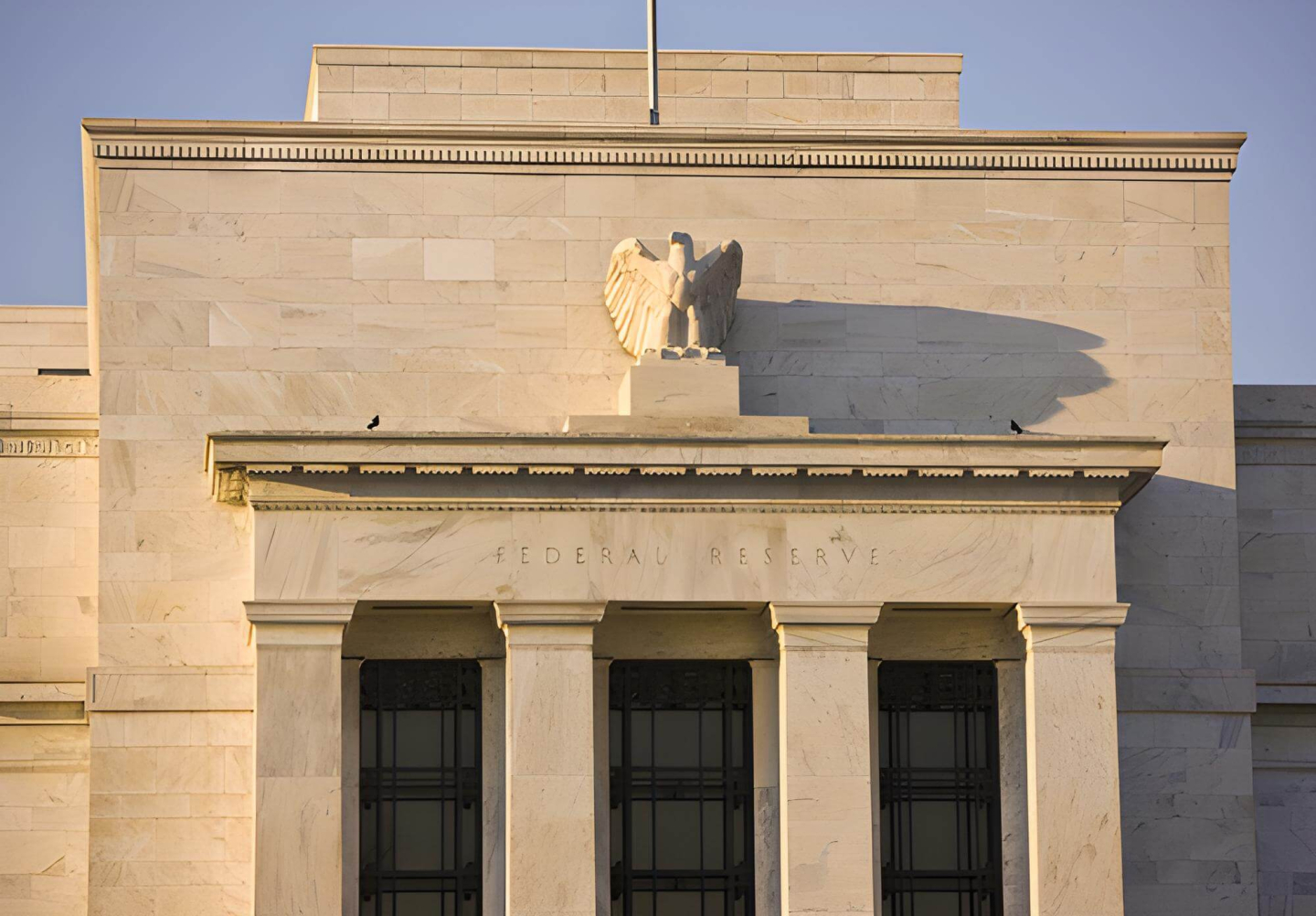Today, at the turn of the day, we heard many statements from central bankers of the US Federal Reserve, and we will hear many more later in the day. Nevertheless, below you will find a summary of the most important comments made by bankers regarding their stance on US monetary policy and its possible impact on market volatility:
Miran – rapid cuts, policy too restrictive
Stephen Miran clearly emphasizes that, in his opinion, the current level of Fed policy restrictiveness is too high – he points to 150-200 basis points above the neutral level. He believes that the central bank should cut interest rates much faster, preferably in a series of 50 bp moves, to reduce the risk to the labor market and return to neutrality. He explains this with external factors, among other things: changes in fiscal and immigration policy in the US are expected to pull the neutral level of interest rates down. Miran is also relatively calm about economic growth and believes that market concerns about inflation, including that caused by tariffs, are overestimated. He warns that maintaining an overly restrictive policy for too long could have negative effects on the economy and the labor market.
Goolsbee – cautious approach, concerns about inflation
Austan Goolsbee presents a much more balanced position, emphasizing the “strange” economic and market situation: on the one hand, the labor market is weakening, while on the other, inflation has risen and remains above target. Goolsbee is somewhat skeptical of the assumption that the current inflation is temporary and warns against too rapid, massive rate cuts – reductions are possible, but must depend primarily on the inflation path. He admits that if inflation moves towards 2%, there will be room for further cuts, but at present it is crucial to avoid frontloading cuts solely because of the labor market. He also emphasizes that temporary government shutdowns usually have little impact on the economy.
Schmid – moderate caution, balance of risks
Jeffrey Schmid justifies the recent rate cut with concern about growing risks in the labor market, although he notes that the Fed's policy remains slightly restrictive, which he considers appropriate given the current balance in the labor market and still too high inflation. Schmid suggests that the current monetary policy stance is appropriate and emphasizes the need for continued vigilance, basing decisions on fresh data, and a cautious approach to a possible Fed balance sheet reduction. He emphasizes the role of banking supervision and the Fed's responsibility in the face of future market changes.
Bowman – clear policy implications, “one-off” effect of tariffs
Michelle Bowman points out that part of the price increase caused by tariffs is a one-off effect and part of the costs are absorbed by foreign suppliers. According to her, the current situation requires a shift to an approach that is more focused on supporting the labor market, rather than just the inflation target, because the labor market is more fragile than it seems. She believes that the Fed's monetary policy is already close to its target range (close to 2% inflation), so further steps towards neutrality are possible, but the central bank must remain independent and transparent in its actions.
Summary:
Miran's statements may have a negative impact on the dollar and a positive impact on the stock market – he signals a desire for deep and rapid interest rate cuts, which would mean easing financial conditions and capital outflows from the USD towards riskier assets. However, the positions of Goolsbee, Schmid, and Bowman are much more moderate or cautious—they want to assess the incoming data and do not want to “get ahead” with cuts, especially until inflation clearly returns to a downward path. Consensus: The Fed remains divided, and the path of further rate moves and their impact on markets depends on new data – a rapid return to easing is a signal of USD weakness and support for equities, but the current caution of most members keeps the dollar in relative equilibrium and limits the euphoria on Wall Street.
Daily summary: Optimism on Wall Street eases again🗽US Dollar drops from recent highs
Coffee futures drop as huge Brazilian shipping to Europe eases supply concerns
Cocoa falls 3% amid improving crops in West Africa
Crypto decline amid weak sentiments on Wall Street 📉
This content has been created by XTB S.A. This service is provided by XTB S.A., with its registered office in Warsaw, at Prosta 67, 00-838 Warsaw, Poland, entered in the register of entrepreneurs of the National Court Register (Krajowy Rejestr Sądowy) conducted by District Court for the Capital City of Warsaw, XII Commercial Division of the National Court Register under KRS number 0000217580, REGON number 015803782 and Tax Identification Number (NIP) 527-24-43-955, with the fully paid up share capital in the amount of PLN 5.869.181,75. XTB S.A. conducts brokerage activities on the basis of the license granted by Polish Securities and Exchange Commission on 8th November 2005 No. DDM-M-4021-57-1/2005 and is supervised by Polish Supervision Authority.


